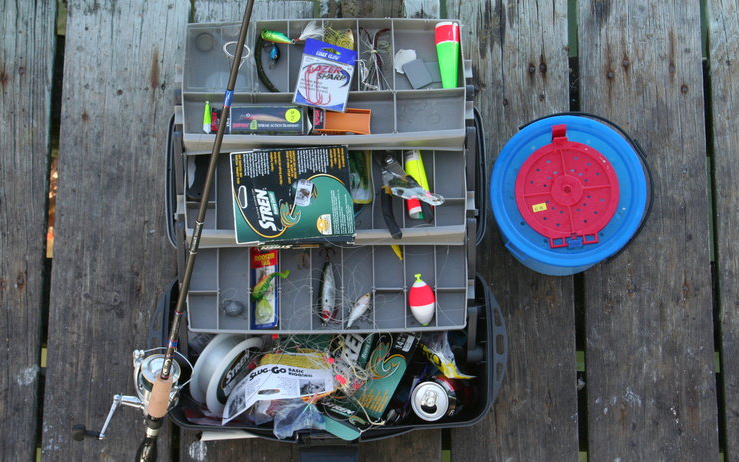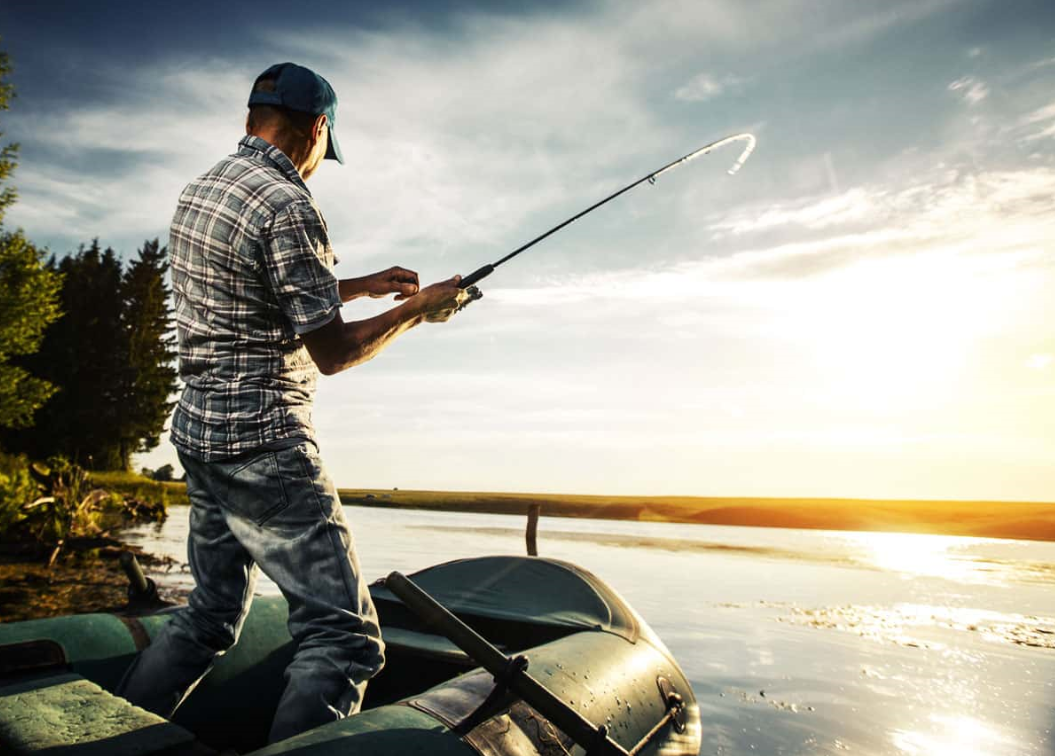Items Every Fisherman Should Own
|
Getting your Trinity Audio player ready...
|

Basic Fisherman Essentials
Lure Rod – The rod that holds onto the lure should measure between 60″ and 72″. It should flex easily but not so much that it will break. A good reel seat and reel combination is paramount.
Reel Seat & Reel Combination – A combination reel seat makes reeling in line easy while eliminating tangled lines from happening. For more information on selecting a reel seat see our article The Best Fishing Reels.
Spare Spool – Spools come in many different sizes, depending on what type of lure you use. You’ll likely need either an 8 oz., 10 oz., 12 oz. or 14 oz. spool and this can be purchased singly or as part of a set.
Line Tie Tools – While tying knots to secure your line is less important than the equipment used to tie those knots, having a few extra items can make tying knots easier. A pair of pliers or a line knife can prove invaluable especially if you don’t own a small paracord kit like our top pick below.
Top 3 Picks:
A&K Rigger’s Paracord Kit ($7) – With no hooks or sinkers included this kit comes with everything needed to put your fishing rig together. Its main features include two 18 inch braided nylon cords, a stainless steel buckle with padlock (which doubles as a tool pouch), a hook keeper, a knot pusher, and cord cutter. The total length of the supplied cords is around 45 feet giving plenty of options for rigging multiple baits.
Cabela’s Knotty Buddy Plier/Line Cutting Tool ($4.99) – This handy 6 inch folding device has a plier jaw design that helps cut line up to 100 yards long. Additionally, there are serrated teeth for cutting rope quickly. This model folds into a pocket size package making it ideal for small spaces such as boats and tents.
Amazon Basics’ Stainless Steel Anchor Point ($1.78) – While most anchor points made today are plastic, this option is made from sturdy stainless steel and measures just 2 inches wide x 5 1⁄2 inches tall. Simply attach it directly to the bottom of your boat using a standard carabiner and it gives you a stronger connection than anything else available.
Larger Fisherman Essentials
Casting Net – Whether you prefer casting a traditional free-spinning backcast or a spinning jig, casting nets give you a larger margin of error. They’re perfect for catching carp, trout, salmon and other large game fishes and they often prevent injury by landing their prey on a net instead of your hands. And because they’re lightweight, they fit easily in a pack where space may be limited. We recommend getting a heavier duty version rather than buying cheap models made only for practice. Our choice recommends the 4 lb. KwikSet X-80 ($14.50).
Salt Shaker & Knife – If you plan to catch fish with live bait, salt will help keep them alive longer and freshen them up when you do land them. Keep these staples close at hand to ensure you have enough on hand when needed. A classic salt shaker is fine, but we prefer a stainless steel one. In addition to being corrosion resistant, its smooth shape makes it easy to pour too much out of a container without spilling any of the contents.
Fish Finder – Whether you’re looking for a handheld unit, a personal receiver or a chartplotter to mount to your dash, a good fish finder can increase your chances of success. Most cost under $100 and some even offer GPS capabilities.
Conclusion
When it comes to gear that might make life a little simpler during your next fishing trip, it’s tough to beat a roll of duct tape. But while it won’t replace well-made tackle, an array of inexpensive tools can help prepare you for whatever challenges arise. So whether you’re headed to your local lake or the ocean, here’s hoping you take a break from online casino gambling and football and make use of some of the essential advice given here!
FAQ about Fisherman Essentials
What should I look for in a new rod?
If it’s going to be thrown hard, you need a durable construction that won’t snap after a dozen casts. Look for rods made out of high quality graphite materials which are lighter than wood. But most importantly, check out the action of the rod.
How many types of lines are there?
There are several different kinds of lines: mono, fluorocarbon, braid and carbon fiber. Each type offers its own benefits; some are more sensitive to water pressure while others are less affected. You’ll likely want to try out each type before deciding what works best for your application.
What about reels? How big should they be?
Rigs come in all shapes and sizes, so experiment with various reel designs until you find one you like. There are two main categories: spincast (where the drag system is located on top of the handle), and baitcasters (the drag is located on the side of the handle).

